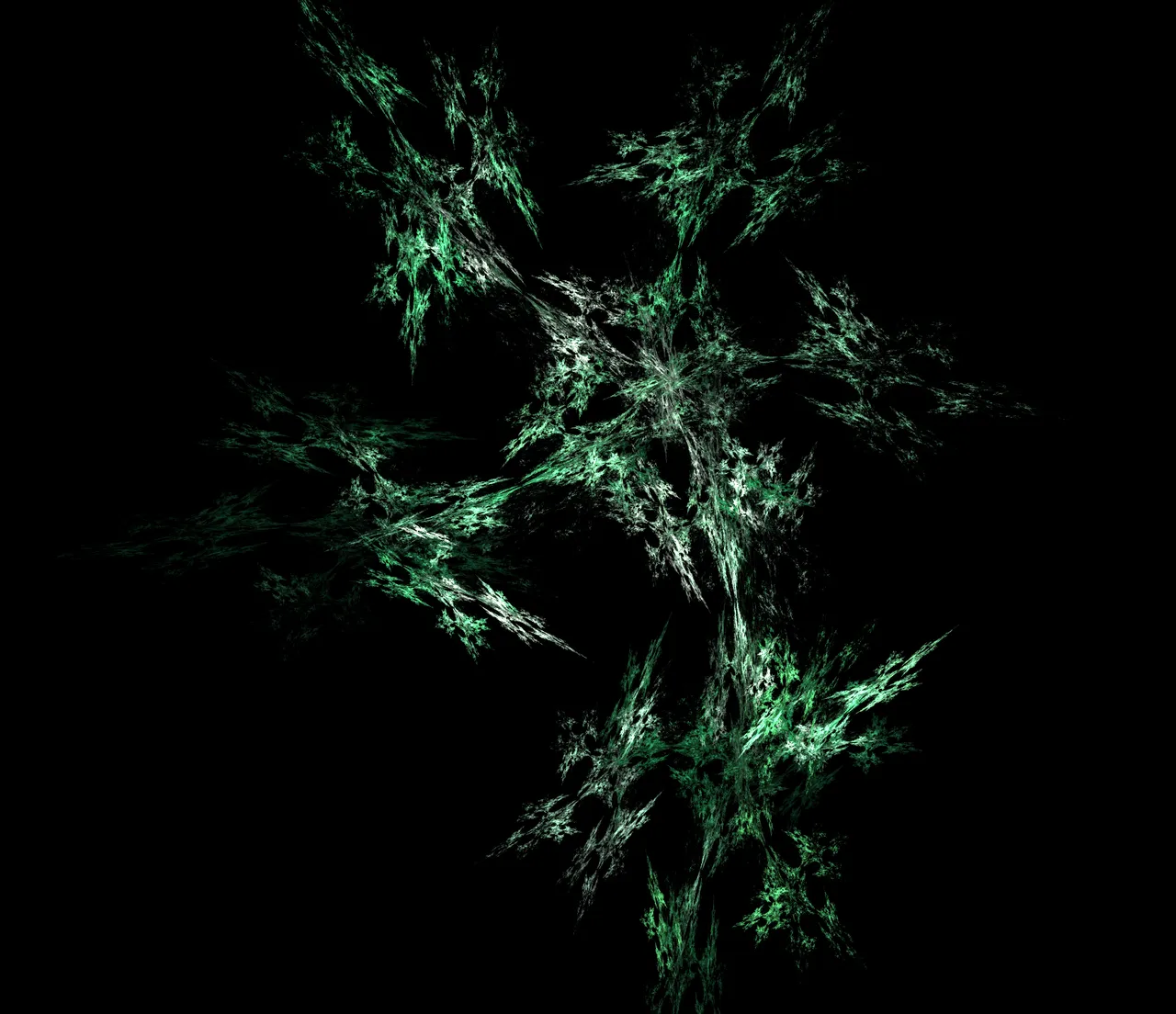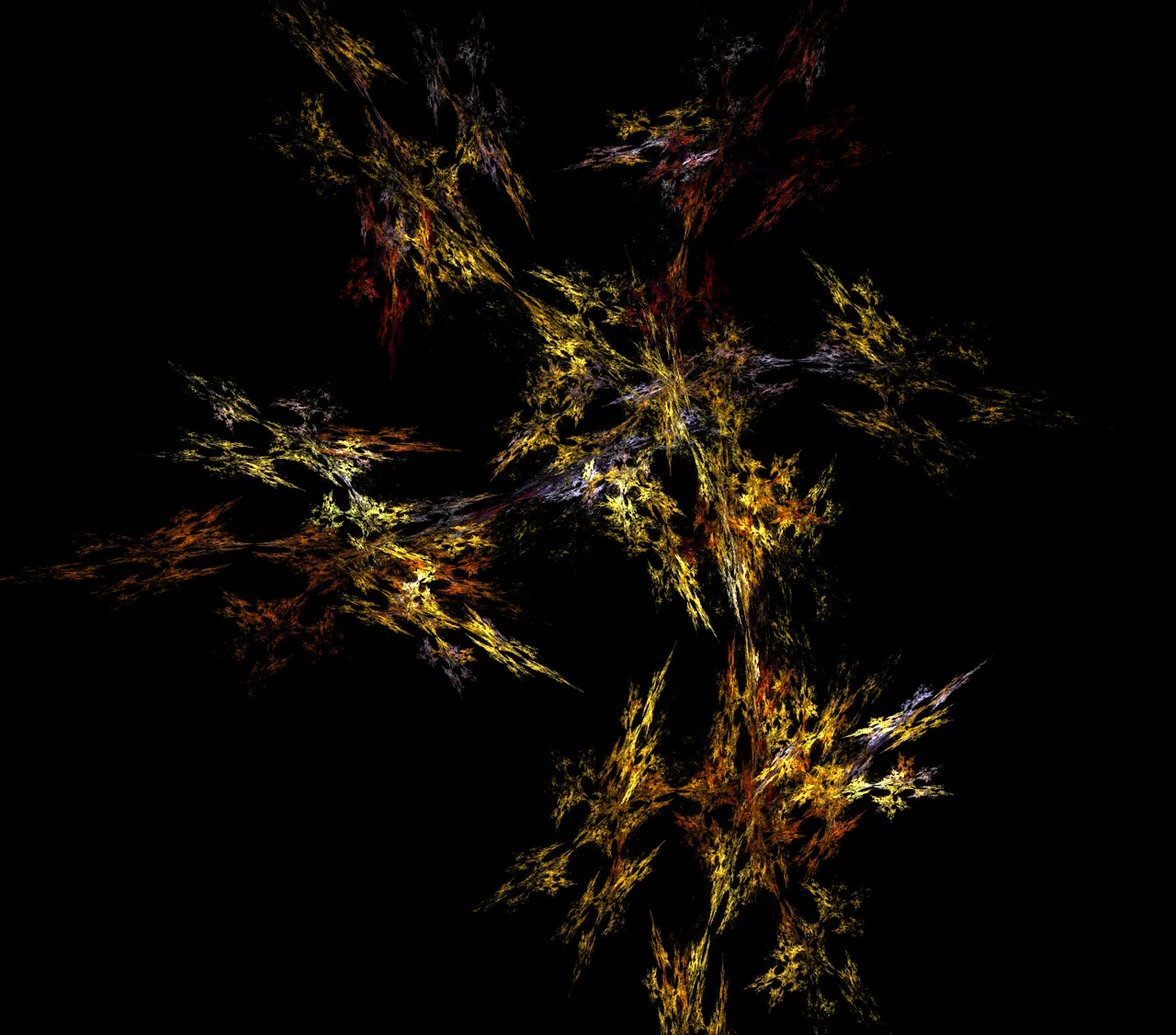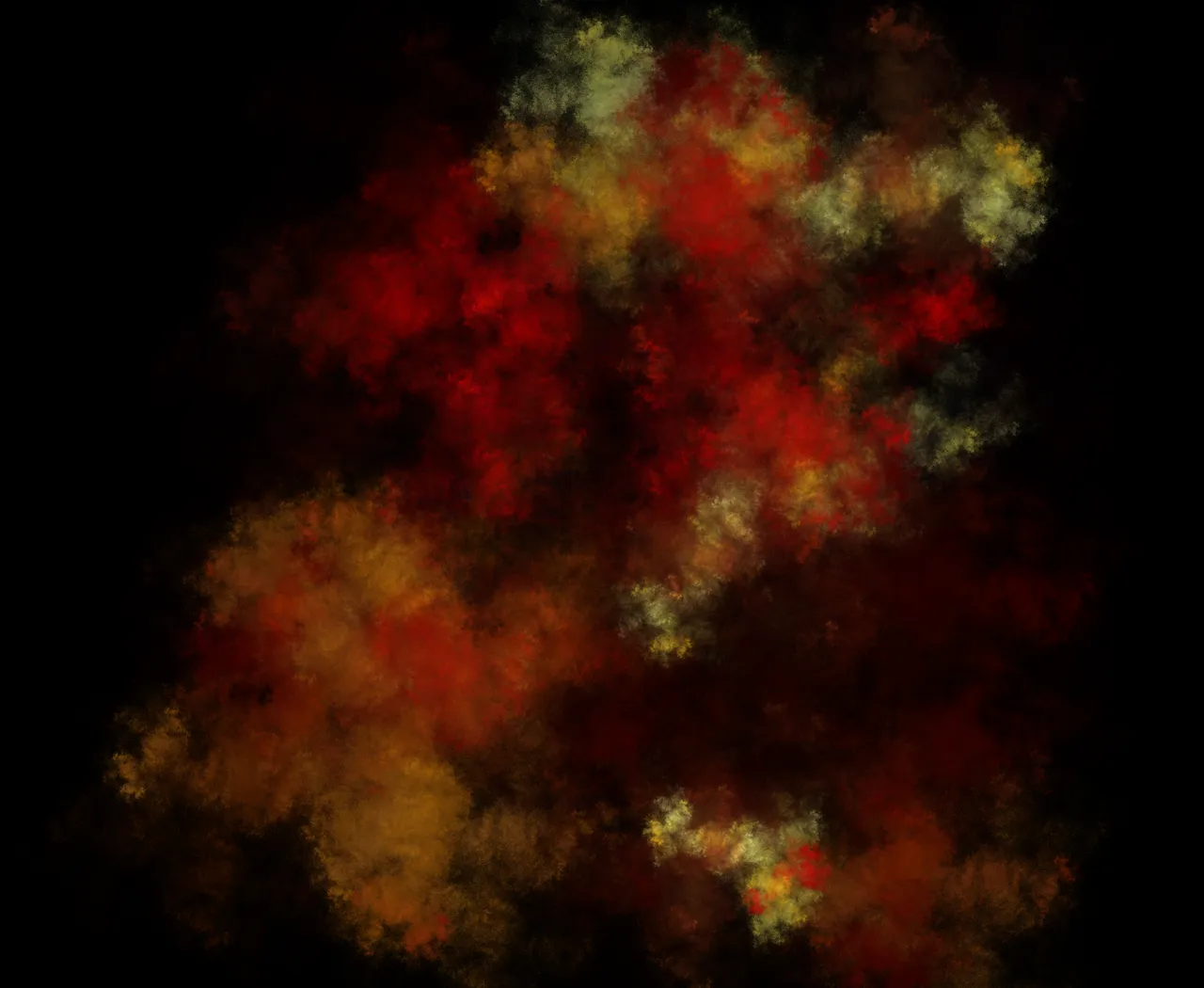
Upon rediscovering the civilization of the Califians – or better said, the Kjhaalaafeen – one of the things that was rediscovered was their royal tree, out of which they made their living tree thrones.
The draping of these trees with rich brocade often made of gold and silver thread did not make them any more comfortable to sit on, especially since their bark was rough almost like thorns. Nonetheless, in the first manifestation down to its destruction by supernova, the Kjhaalaafeen rulers, over all the forms of government that they had been in, had always sat upon their trees, for it was an old tradition, and the civilization that had come from the survivors maintained it, although the reasons why were not fully remembered.
Yet, in the annals of the Uppaaimar, the question had also been asked, and the answer of the ancient Kjhaalaafeen had been recorded by the iMaru, the analog to the “Wise Men” of Earth's Looking peoples, looking for the Redeemer of the Universe and signs of His first coming among the starry heavens.
The iMaru had correctly determined the star on which the planet rotated upon which the Redeemer must be born, and had recorded exactly when that occurred – they too had seen His star, completing the array of all the stars in the Milky Way and lighting it up as only it could do. To them, the chief of the Looking among the Uppaaimarn, the Looking community among the Kjhaalaafeen had made this answer: “It is the King's Tree, thorns and all.”
From this it had been determined that, whatever the Redeemer would do in His redemption work, it would involve a tree, and thorns.
Only when both the Uppaaimarn and the Kjhaalaafeen had discovered the Book of Books among the human Looking community that recorded four accounts of the day known as Good Friday did they learn of the cross, and the crown of thorns – the King's Tree, indeed.
This also helped the modern Kjhaalaafeen discover the reasons for their own survival, with the help of the Uppaaimarn of that time.
While the Redeemer suffered in His cross work for the sins of the world, women who knew Him had come to weep, and He had told them to weep for themselves, “for if they do these things in a green tree, what shall be done in a dry?” That was recorded in Luke 23:31.
With the full human historical record in hand for comparison – the work of Josephus, actually – that saying had been taken as an accurate warning of the destruction of the entire nation, less than 40 years later.
The ancient Kjhaalaafeen of course had not known the connection, but they had known the saying as a warning. The royal tree was deciduous, and dried out in the dry summer naturally, but if it did not become green as the seasons changed in a particular location, then dry weather would persist, and water would be scarce the following year.
One year, all the trees of Old Kjhaalaafee dried out, in both hemispheres – summer in one hemisphere, an exceptionally mild winter in another.

During this time, the Uppaaimar had been putting out a warning to the Kjhaalaafeen rulers, but prosperity, which had lasted a very, very long time, made for dull hearing. To borrow another saying from the Book of Books, there was nothing new under the sun – dry patterns had come before.
The Looking community of Old Kjhaalaafee, which had held the line against the increasing decadence of the culture of the Kjhaalaafeen Empire, were concerned– “for if they do these things in a green tree, what shall be done in a dry?” They knew what those outside who were sensitive morally and spiritually also knew: the empire had been declining in character if not yet in prosperity and might – still “in a green tree” to all temporal measurements, but they took the physical manifestation of the dry trees across the entire planet as a sign that the Uppaaimarn warning about the state of the Kjhaalaafeen system's home star might be correct.
The iMaru of the Uppaaimarn were consulted; they demurred the theological questions in favor of those involved more in science, who knew that the Kjhaalaafeen home star had finished burning its carbon and neon, and by that point was down to burning its core oxygen and silicon. Core temperatures, and thus the star itself, had been getting hotter and hotter, causing the gradual changes in Kjhaalaafeen weather to the hot side – the atmosphere was resisting the change as much as it could, but the trees knew that things in the core of the star were getting extreme.
The Looking community of the Kjhaalaafeen quietly packed up and moved to the Uppaaimar homeworld, completing their departure a mere month before the Kjhaalaafeen home star went supernova, wiping out Old Kjhaalaafee and its empire.
Yet, they had brought shoots of the royal tree with them, and when the Uppaaimar assisted them on finding a planet around a stable star on which the tree could thrive, that became New Kjhaalaafee, or today, just Kjhaalaafee, the old one not even available for reference save as a part of what is now known as the Kjhaalaafeen Nebula.

Dr. Shaaka iMaru, descendant of that great and noble tradition of those Looking among the Uppaaimar who studied the face of the stars for the coming of the Redeemer, smiles whenever the Kjhaalaafeen are mentioned, for his family tradition marked the new Kjhaalaafeen civilization as a tale of salvation through faith, and even resurrection from the dead, as the Redeemer promised to those who believe on Him.
“The King's Tree, and its thorns, had to be endured by Him Whose right it will be to rule the universe,” he said to me, “and, it stands as a sign of salvation to its surviving people and judgment to the rest who would not look up from their decadence and heed its message. This is the story of the living Kjhaalaafeen … but in a sense, also that of all those in the universe who can understand the message and the choice.”